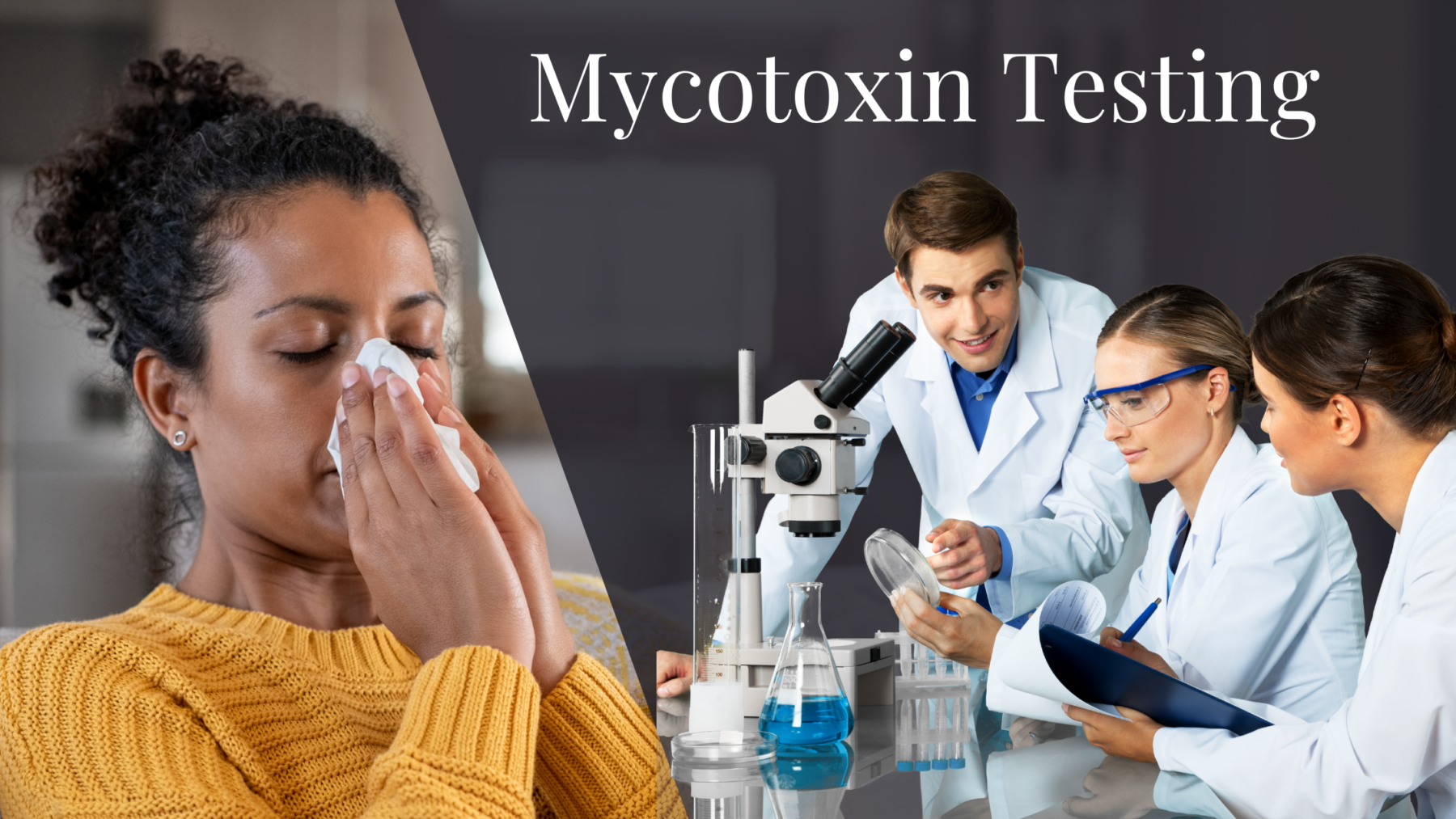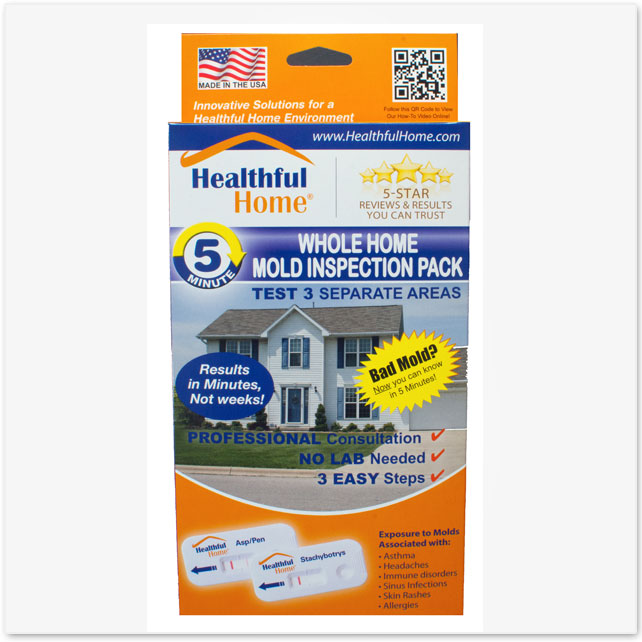Just How Mycotoxin Testing Helps Stop Contamination and Guard Food Products

Mycotoxin screening is a vital technique in the food market, serving as a frontline defense versus contamination by unsafe contaminants created by molds. With the application of innovative strategies like High-Performance Fluid Chromatography (HPLC) and Liquid Chromatography-Mass Spectrometry (LC-MS), food manufacturers can properly quantify and identify mycotoxin degrees in agricultural items. This positive approach not just makes sure compliance with rigid safety and security guidelines but also mitigates wellness dangers to customers. Regular screening fortifies brand name reputation and monetary health and wellness by minimizing contamination-related cases. Just how exactly do these testing procedures integrate into the more comprehensive food security approach?
Comprehending Mycotoxins
Recognizing mycotoxins begins with recognizing that they are toxic secondary metabolites created by specific mold and mildews, which can contaminate agricultural items. These metabolites are not important for the growth or reproduction of the fungi but can have severe implications for human and animal health and wellness. Mycotoxins are frequently discovered in staple crops such as corn, wheat, barley, and nuts, where they can proliferate under certain conditions of moisture and temperature.
There are several kinds of mycotoxins, each created by various fungal species. Fusarium species produce trichothecenes and fumonisins, both of which are linked with different acute and persistent health concerns.

Risks of Mycotoxin Contamination
The dangers of mycotoxin contamination are multifaceted, posing considerable risks to both food safety and security and public health and wellness. Mycotoxins, toxic substances produced by particular kinds of fungi, can contaminate a vast variety of agricultural items consisting of grains, nuts, flavors, dried fruits, and coffee.
Financial influences are one more major problem. Polluted plants can lead to substantial economic losses for farmers and food producers as a result of reduced returns and the demand for expensive purification measures. Furthermore, worldwide profession can be significantly impeded as nations enforce stringent mycotoxin laws to protect their populations, bring about declined deliveries and stretched profession relations.
Environmental aspects such as environment adjustment exacerbate the risk of mycotoxin contamination. Variations in temperature and moisture can develop positive problems for fungal development, raising the likelihood of contamination events. Thus, understanding and reducing these dangers are vital for ensuring the security and stability of international food products.
Approaches of Mycotoxin Checking
Properly recognizing mycotoxin contamination in farming products is vital for securing public health and wellness and keeping food security criteria. Different approaches are utilized to spot and quantify mycotoxins, each offering specific advantages and limitations.
High-Performance Fluid Chromatography (HPLC) is a widely used method as a result of its high level of sensitivity and accuracy. It includes separating mycotoxins from various other materials in an example, allowing accurate quantification. Similarly, Fluid Chromatography-Mass Spectrometry (LC-MS) integrates liquid chromatography with mass spectrometry to provide thorough molecular info, making it especially useful for recognizing several mycotoxins concurrently - Mycotoxin testing Services.

Gas Chromatography-Mass Spectrometry (GC-MS) and Thin-Layer Chromatography (TLC) are also employed, each with unique applications. GC-MS is efficient for unstable mycotoxins, while TLC provides an easier, affordable option for preliminary screening.
Benefits of Routine Evaluating
Regular testing for mycotoxins in farming items uses many benefits, considerably contributing to public health and food safety. By determining contamination early, regular screening helps stop the circulation of harmful foods, thereby lowering the risk of mycotoxin-related illnesses amongst consumers. This aggressive method not just safeguards human health however likewise boosts the total quality of food supplies.
Various nations and regions have actually established rigid restrictions for mycotoxin levels in food and feed. Sticking to these restrictions through routine screening ensures that providers and manufacturers meet legal requirements, therefore avoiding charges and profession obstacles.
Additionally, regular mycotoxin testing can bring about significant economic benefits. Early detection of contamination permits timely treatment, minimizing potential losses from extensive contamination. Applying regular testing procedures can likewise minimize recall costs and relevant responsibilities, which can be monetarily ruining.
Furthermore, routine testing supplies useful information that can educate far better farming practices and storage problems. By understanding patterns of contamination, manufacturers can take on safety nets, thereby decreasing future risks and contributing to the sustainability of the food supply chain.
Implementing Evaluating Protocols
Implementing effective mycotoxin screening methods is crucial for making certain the safety and why not look here security and top quality of farming products. Establishing a robust screening framework entails several key actions, starting with the recognition of prospective contamination points within the manufacturing and supply chain. This includes pre-harvest, post-harvest, storage, and circulation phases. Each stage must be looked at to determine where mycotoxin contamination is more than likely to take place.
When vital control points are recognized, choosing ideal testing approaches is necessary. Typical strategies include enzyme-linked immunosorbent assay (ELISA), high-performance fluid chromatography (HPLC), and mass spectrometry (MS) Each approach has its staminas and weak points; thus, choosing the right one depends on the details mycotoxin being evaluated, the called for sensitivity, and readily available resources.

Finally, integrating the screening methods into a comprehensive food safety and security administration system is advisable. This boosts traceability and allows swift rehabilitative activities when contamination is discovered, thereby guarding the stability of the food supply chain.
Conclusion
Mycotoxin testing is vital in protecting against contamination and safeguarding food materials by allowing very early detection of unsafe toxins created by mold and mildews in farming items. Normal screening improves brand track record, economic stability, and trust fund in food safety by reducing contamination-related losses and preserving high requirements in food manufacturing.
Mycotoxin screening is a crucial technique in the food sector, offering as a frontline protection versus contamination by unsafe toxins produced by mold and mildews. An incorporated method including agricultural methods, storage see this page management, and regular screening can mitigate the threats linked with mycotoxin contamination, ensuring food safety and security and public wellness.
The threats of mycotoxin contamination are diverse, posturing substantial dangers to both food security and public health and wellness.Regular testing for mycotoxins in farming items supplies countless advantages, substantially contributing to public health and food safety.Mycotoxin screening is necessary in stopping contamination and protecting food supplies by enabling very early detection of harmful contaminants produced by mold and mildews Read Full Report in farming products.